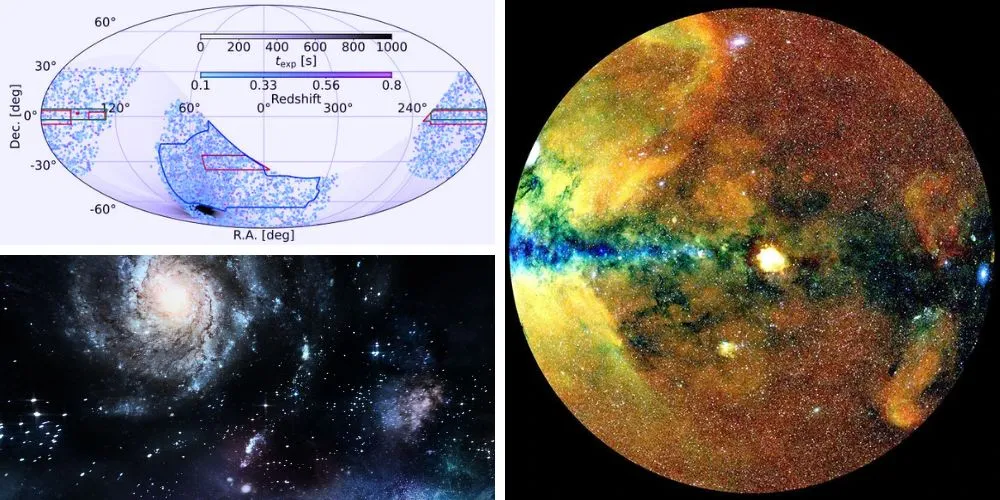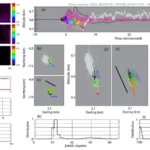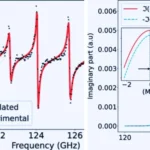Key Points:
- Astronomers leverage eROSITA data to reconstruct nearly nine billion years of cosmic evolution.
- The analysis supports the standard model of cosmology, emphasizing the role of dark matter in shaping the Universe’s structure.
- Observations confirm the growth of the cosmic web in line with cosmological predictions, resolving previous discrepancies.
- Researchers estimate the maximum mass of neutrinos based on X-ray emissions from galaxy clusters, providing valuable insights into particle physics.
Astronomers have made significant strides in understanding cosmic evolution by analyzing the X-ray emissions from distant clusters of galaxies, shedding light on the role of dark matter and neutrinos in shaping the Universe. The findings, published in a preprint on February 14, support the standard model of cosmology.
Astronomers reconstructed nearly nine billion years of cosmic history using the Extended Roentgen Survey data with an Imaging Telescope Array (eROSITA). eROSITA, launched in July 2019, captured the most detailed X-ray image of the sky, revealing approximately 900,000 X-ray sources, including black holes and remnants of supernova explosions.
Despite facing disruptions due to geopolitical tensions, the eROSITA team split between Germany and Russia, utilized half of the sky’s data to analyze cosmic evolution. By mapping over 5,000 galaxy clusters, astronomers tracked the growth of the cosmic web, confirming predictions of the standard cosmological model.
The observations, spanning vast distances and periods, enabled astronomers to calculate crucial parameters of cosmic evolution, including the distribution of matter in the cosmic web. The latest analysis has reconciled previous discrepancies, suggesting a slower-than-expected growth of the cosmic web.
Moreover, the data allowed astronomers to probe the role of neutrinos, elementary particles produced in the Big Bang. By studying X-ray emissions from galaxy clusters, researchers estimated the maximum mass of neutrinos, providing some of the tightest measurements to date.
While uncertainties persist regarding continuing eROSITA’s observations, the team remains committed to further exploration. Future analyses aim to map smaller and fainter gas halos around galaxies and explore other X-ray sources such as quasars.










